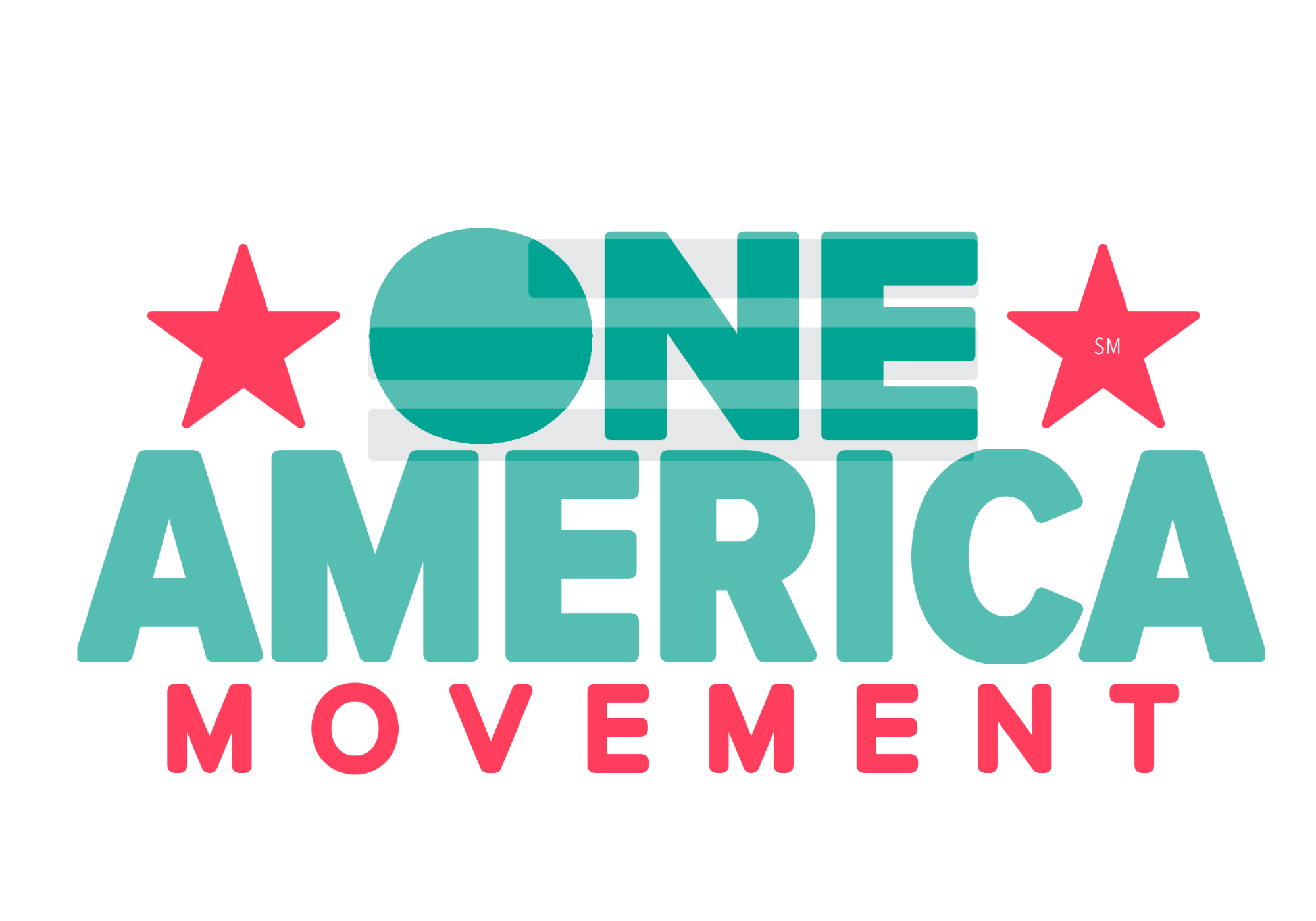I live in the Washington, DC metro area where traffic is notoriously bad. The other day, I was in the car with my husband when the route on my GPS app turned red. Immediately I saw tail lights ahead and traffic in my lane slowed to a crawl. We were about a half mile from our exit, and I could tell there was a problem.
I sighed heavily and turned the music up, frustrated, but ready to wait it out. Just as we were about to reach the exit, a car sped up on my left and slid in right ahead of me. “What a jerk,” I said to my husband. “We’ve been waiting ten minutes and he just zooms in. How selfish.”
My husband is a regular commuter, driving over an hour to get to work every day. He just laughed. “Nope. That’s how everyone should do it. Did you know the zipper merge is the most effective way to keep traffic moving? Everyone stays in two lanes until the last possible second, then each car merges into the exit one at a time. It uses the most surface area on the highway to get people onto the exit. I do it every day.”
Oh?
In that moment, I realized I had succumbed to what social scientists call “motive misattribution,” assuming someone’s intentions are evil or misguided while your own are virtuous.
I had assumed the driver ahead of me was a selfish, reckless cheater who cuts in line, when actually, if we all merged one at a time as he had, everyone might get where they were going faster.
This phenomenon plays out all across our lives. We mutter about the person who cuts us off in traffic or we fuss about the fans of the opposing team. We call people who disagree with our politics “evil” or conversely, “snowflakes.” Recent research shows that we are particularly bad at understanding the motivations of people across the aisle, and that’s part of what’s driving our polarization today.
Because we maintain false assumptions about people we disagree with, much of our polarization is also false.
We assume people hold more extreme views than they actually do, which makes it even harder to find solutions to our common problems. Why negotiate with someone if you believe their view to be so extreme as to be abhorrent to you?
The thing is, it’s hard to understand someone’s motivations, especially when you have no meaningful contact with people who hold different views. And our society has done a very efficient job at segmenting itself into like-minded echo chambers, especially online. The more we disengage from people who are different from us, the more difficult and scary it can feel to re-engage once false polarization and motive misattribution have taken hold.
This is one reason why, here at the One America Movement, we bring people together across divides to form deep and lasting relationships through service. New research from our friends at Over Zero suggests that building resilience to political violence in the US involves building networks that transcend political, religious, and racial divides. We encourage our participants to have difficult conversations that reveal true motivations while breaking down misunderstanding, fear, and polarization.
At the One America Movement, we aren’t asking people to agree or to compromise their beliefs or values, we are just asking that people try to understand why someone may hold a different view so that when push comes to shove, we can maintain the connective tissue that keeps our communities strong.
Looking back, I shouldn’t have been so upset by the driver who had zipper merged ahead of me. It didn’t cost me any extra time, and it probably was more efficient than adding one more car in the long line waiting for the exit. I was lucky to have my husband – someone I love and trust – there to help me understand the motivations of that other driver.
What if we had that kind of relationship across big divides, not just the little ones like how we handle traffic or what kind of peanut butter we prefer?
What if, when we encountered a view or opinion that opposed ours, rather than making assumptions, we could reach across the aisle and ask what might be driving that belief? How could that strengthen the fabric of our country? The One America Movement aims to find out.

